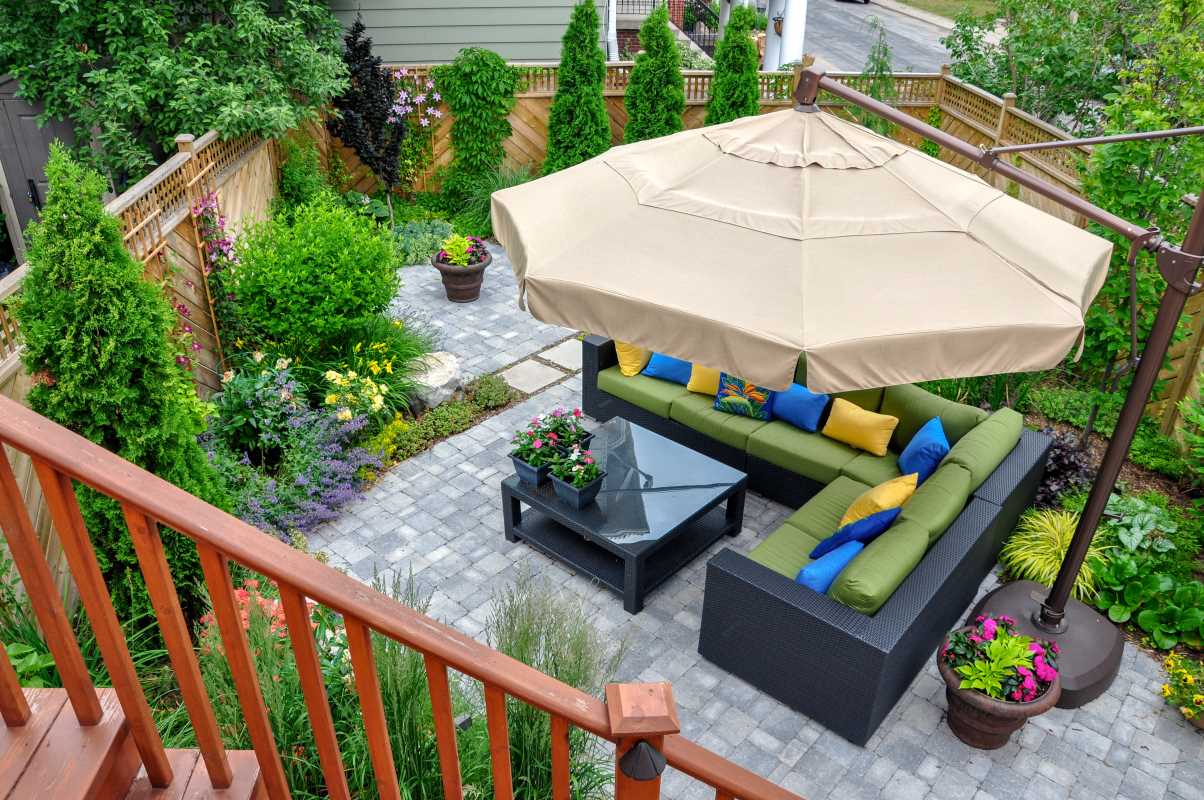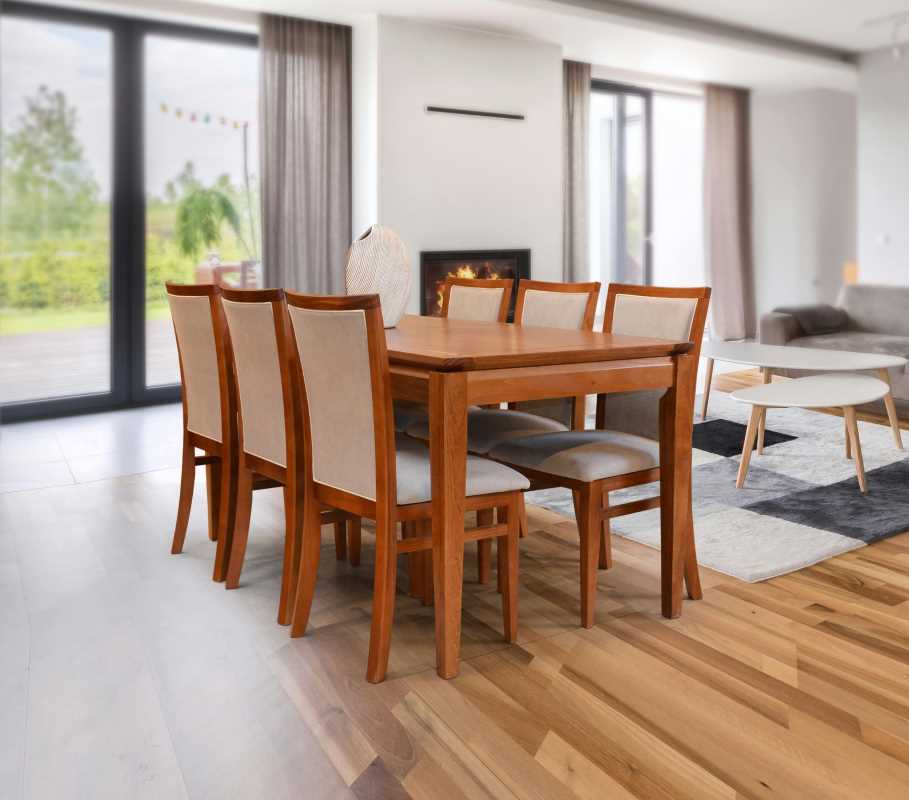An outdoor patio can be a magical extension of your home, a place for sun-drenched breakfasts, lazy afternoon reading, and evening gatherings under the stars. However, when you add kids to the mix, the vision of a serene, perfectly styled oasis can quickly collide with the reality of plastic toys, sticky fingers, and the constant threat of a scraped knee. Designing a patio that is both beautiful for adults and functional for children can feel like trying to negotiate a peace treaty between warring nations. One side wants chic, minimalist furniture and delicate potted plants; the other wants a splash pad and a designated area for making mud pies.
But creating a space that pleases everyone isn't just a fantasy. With a bit of clever planning, you can design a family-friendly patio that serves as a stylish retreat for you and a durable, engaging play zone for them. It’s about finding the sweet spot between aesthetics and practicality, comfort and chaos-proofing. The goal is to build an outdoor room where memories are made, from spontaneous water balloon fights to quiet family dinners. We've gathered the top tips for designing a patio that can withstand the beautiful whirlwind of family life, ensuring it becomes the most-loved "room" in your house.
Choose Durable and Forgiving Materials
The foundation of any great patio is, quite literally, its foundation. When children are involved, the surfaces underfoot need to be tough, forgiving, and relatively low-maintenance. That pristine white grout and polished marble you've been eyeing on Pinterest? Save it for a kid-free fantasy home. For a family patio, think about materials that can handle tricycle traffic, spilled juice, and the occasional art project gone wrong. Poured concrete is a fantastic, budget-friendly option that is incredibly durable and easy to clean. Pavers are another excellent choice, as individual stones can be replaced if they become hopelessly stained or cracked.
Beyond the flooring, this rule applies to your furniture as well. Look for outdoor furniture made from materials like recycled plastic, powder-coated aluminum, or all-weather wicker. These can withstand both the elements and the enthusiastic abuse of tiny humans. When it comes to fabrics, opt for outdoor-grade cushions and pillows that are fade-resistant, water-resistant, and, most importantly, machine-washable. Accidents are inevitable, but choosing materials that are easy to clean means a spilled popsicle is just a minor inconvenience, not a permanent, sticky monument to a summer afternoon.
Create Distinct Zones for Play and Relaxation
One of the biggest challenges in designing a shared space is accommodating different activities simultaneously. You might want to sip a quiet cup of coffee while your kids are re-enacting a monster truck rally. The key to harmonious coexistence is zoning. By creating designated areas for different activities, you can provide structure to your outdoor space and prevent the entire patio from being overtaken by toys. This doesn't require physical walls; you can use outdoor rugs, furniture arrangement, or planters to visually separate the "adult" lounge area from the "kid" play zone.
In the relaxation zone, focus on comfortable seating, a coffee table for drinks and snacks, and perhaps some soft lighting for the evenings. This is your sanctuary. The play zone, on the other hand, should be all about fun and durability. This could be an open area for running around, a corner with a small sandbox or water table, or a spot for an outdoor chalkboard. Providing a dedicated space for play not only contains the mess but also gives kids a sense of ownership and freedom. They know where they can be loud and messy, and you know where you can retreat for a moment of peace.
Incorporate Smart and Safe Storage Solutions
A family-friendly patio can go from tidy to toy-pocalypse in about five seconds flat. Without a good storage plan, you'll be constantly tripping over pool noodles, soccer balls, and an army of small plastic dinosaurs. Integrating smart storage is essential for maintaining order and making cleanup a breeze for everyone. Look for multi-functional pieces that can hide the clutter in plain sight. An outdoor storage bench, for example, can provide extra seating while secretly stashing sidewalk chalk and bubbles. A coffee table with a hidden compartment is another brilliant way to keep smaller items out of sight.
When choosing storage, always prioritize safety. Ensure any large storage boxes have soft-close lids to protect little fingers from getting slammed. Avoid anything that could tip over easily or that kids could potentially get trapped inside. Open bins or large, sturdy baskets can be a great option for the play zone, making it easy for kids to access their toys and, more importantly, put them away themselves. Teaching them that every toy has a home is a lesson that will pay dividends, both indoors and out. A clutter-free patio is a safer and more relaxing space for the entire family.
Plant with Purpose and Play in Mind
Greenery is what transforms a patio from a simple slab of concrete into a lush, inviting escape. When planting for a family-friendly space, however, you need to be a strategic botanist. First and foremost, research your plant choices to ensure they are non-toxic to children and pets. Many common and beautiful plants can be harmful if ingested, so it's a crucial safety check. Beyond that, think about durability. Choose hardy plants that can survive an errant frisbee or a curious toddler. Delicate flowers might not stand a chance, but sturdy ornamental grasses, tough shrubs, and resilient succulents are excellent choices.
You can also use plants to enhance the play experience. Creating a small, dedicated sensory garden can provide endless entertainment.
- Touch: Plant soft, fuzzy Lamb's Ear or spiky, interesting succulents (the non-pokey kind).
- Smell: Incorporate fragrant herbs like mint, rosemary, or lavender that release their scent when touched.
- Taste: A small, accessible planter with strawberries or cherry tomatoes can teach kids where food comes from and provide a healthy snack.
- Sound: Plant ornamental grasses that rustle in the wind.
- Sight: Use brightly colored flowers like marigolds or zinnias to attract butterflies and create a visually stimulating environment.
Involving kids in the planting and care of the garden is a wonderful way to connect them with nature. Giving them their own small pot to look after fosters responsibility and makes the patio feel like their space, too.
Layer Your Lighting for Evening Fun
Don't let the sunset put an end to your outdoor enjoyment. A well-designed lighting plan can extend the use of your patio long into the evening, creating a magical ambiance for the whole family. Instead of relying on a single, harsh floodlight, think in layers. Start with ambient lighting to provide overall illumination. String lights are a popular and festive choice, casting a warm, inviting glow that makes any evening feel special. You can also use wall-mounted sconces or post lights to brighten up the space.
Next, add task lighting where it's needed. This could be a brighter light over the dining area or an adjustable lamp near a comfortable chair for reading. Finally, incorporate accent lighting to highlight interesting features like a beautiful tree, a planter, or an architectural detail. Solar-powered stake lights are a fantastic, kid-safe option for lining pathways or the perimeter of the patio, helping to prevent trips and falls in the dark. A good mix of lighting not only enhances safety but also creates a cozy, intimate atmosphere that will draw the family outside for marshmallow roasting, stargazing, and making memories after the sun goes down.







